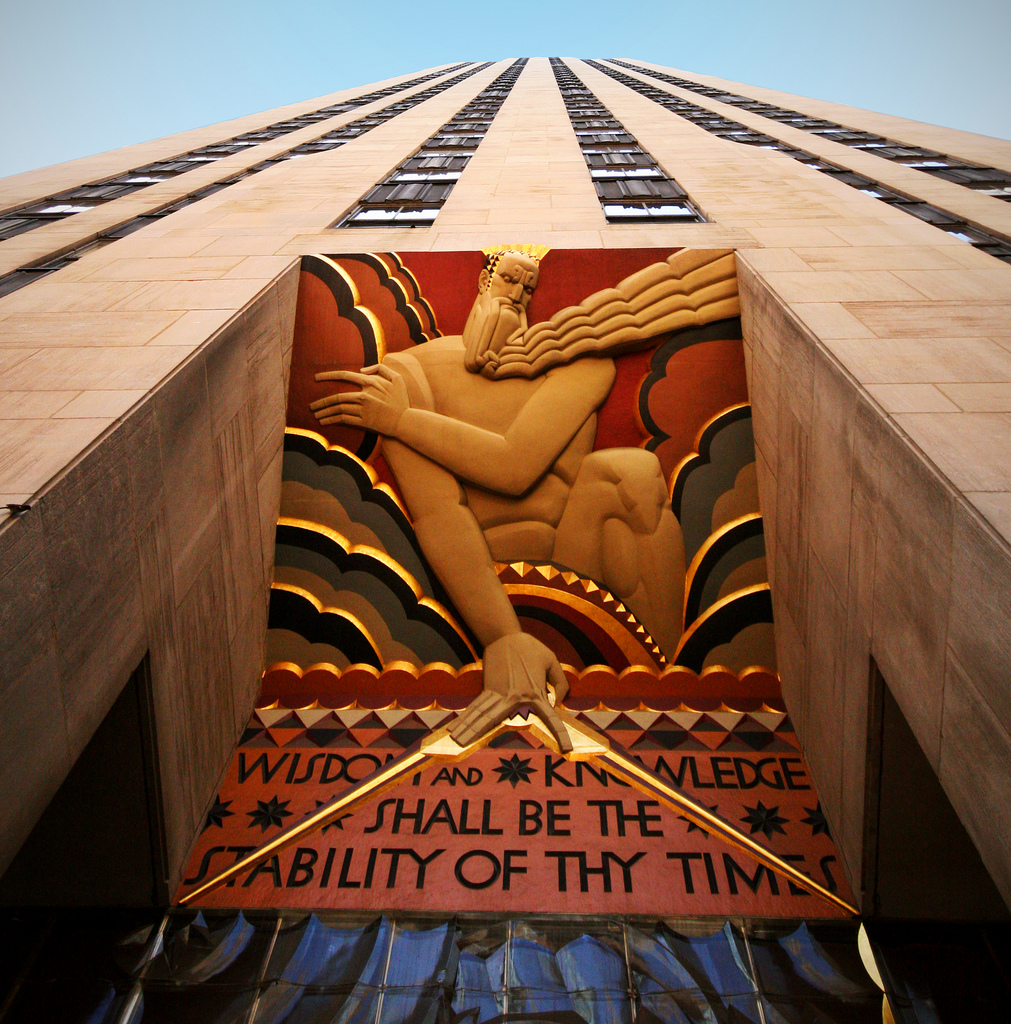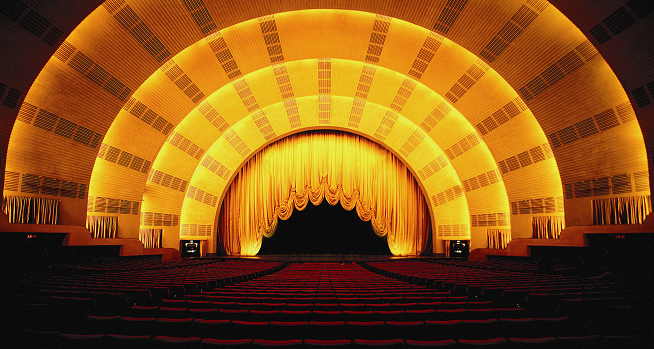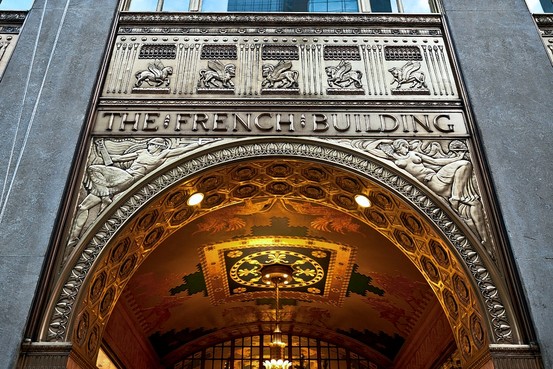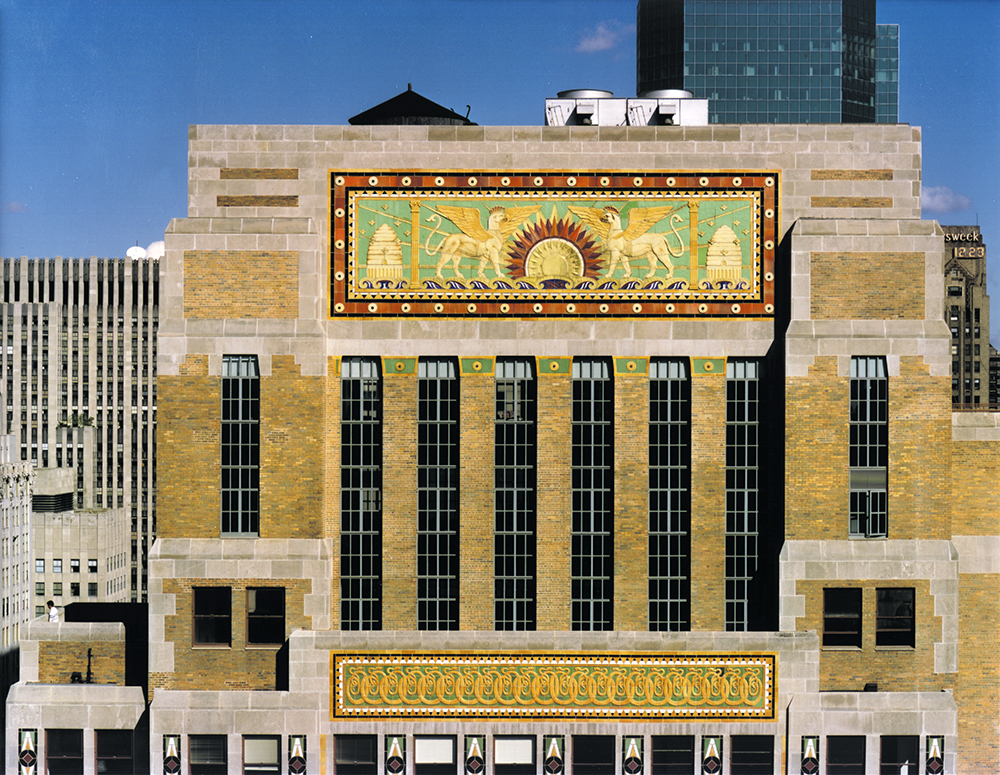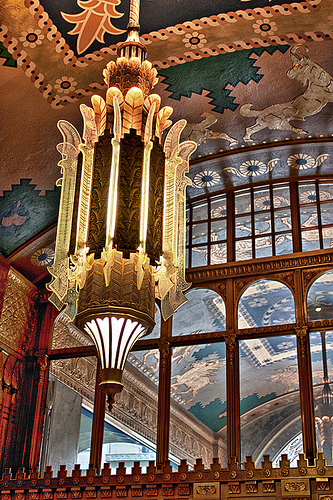By our shop in midtown Manhattan, relics from the interwar era when Deco design flourished are everywhere.
The name ‘Art Deco’ is derived from the 1925 Paris world’s fair, officially titled L’ Exposition internationale des arts décoratifs et industriels modernes. Though the French get most of the credit for popularizing moderne décor, Americans also embraced the new decorative style characterized by bold geometry, stylized representations of ancient motifs, and flat surfaces activated by line.
The favorite Art Deco haunt of the Gray & Davis team has to be the Fred. F. French building, located on 5th Ave only a few blocks south of the Diamond District. Built in the late 1920s, the French building is a masterfully done and oft overlooked skyscraper that reinterprets art from the Ancient Near East in a distinctly Deco manner.
As an added bonus, the French building’s lobby now houses a strange tropical bar run by the Tommy Bahama flagship store (yes, that Tommy Bahama). Enjoying the beautiful and lively architecture of the lobby, now almost a century old, while sipping an absurdly strong corporate Mai Tai is a truly enjoyable New York moment.

